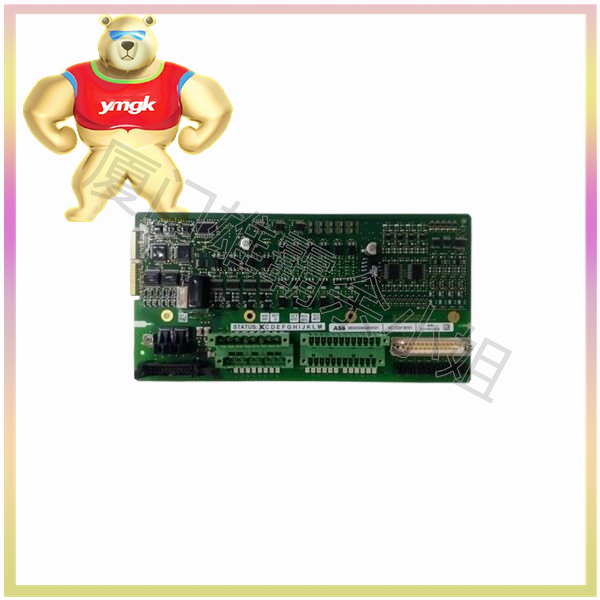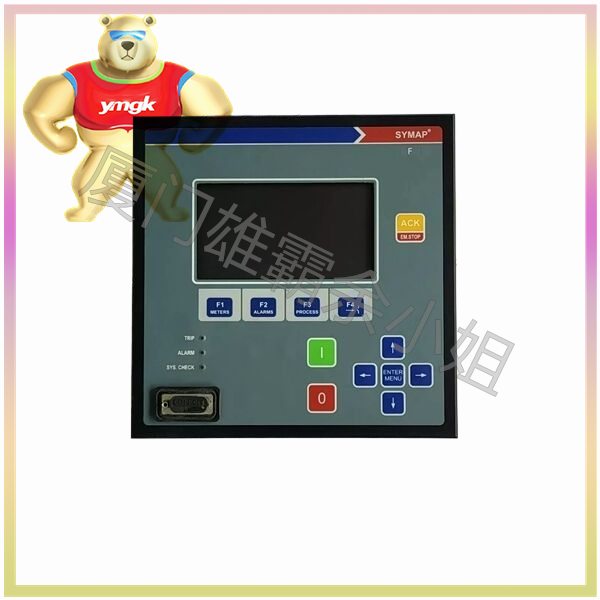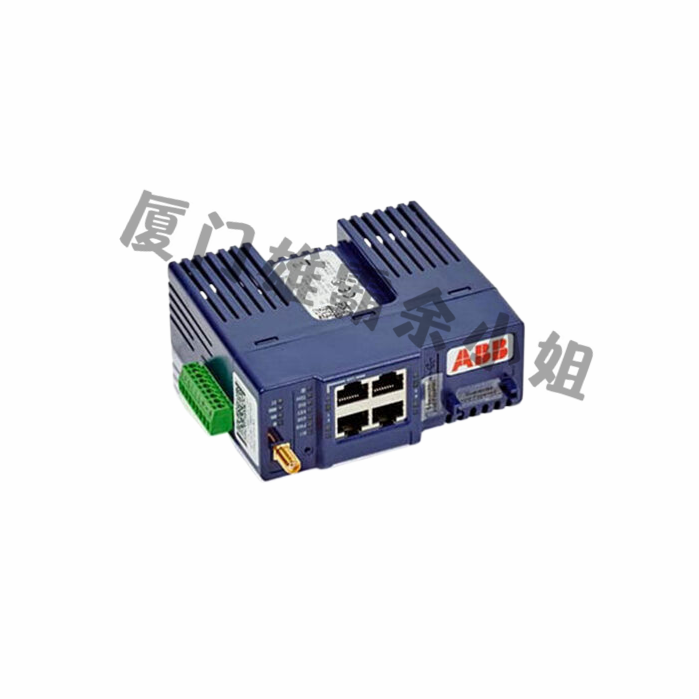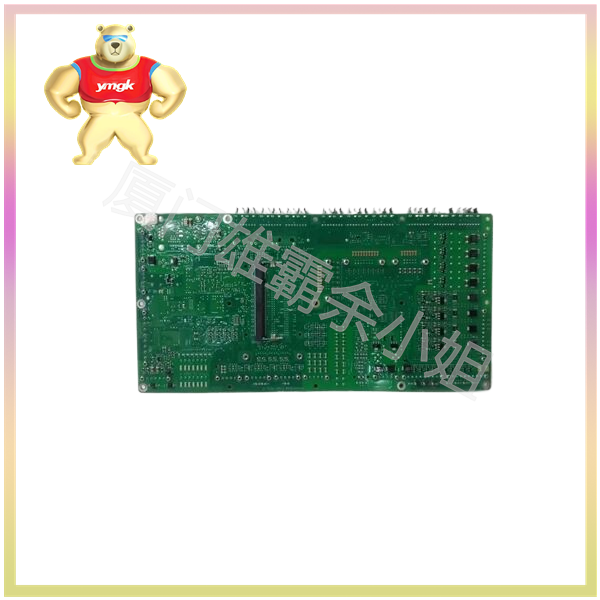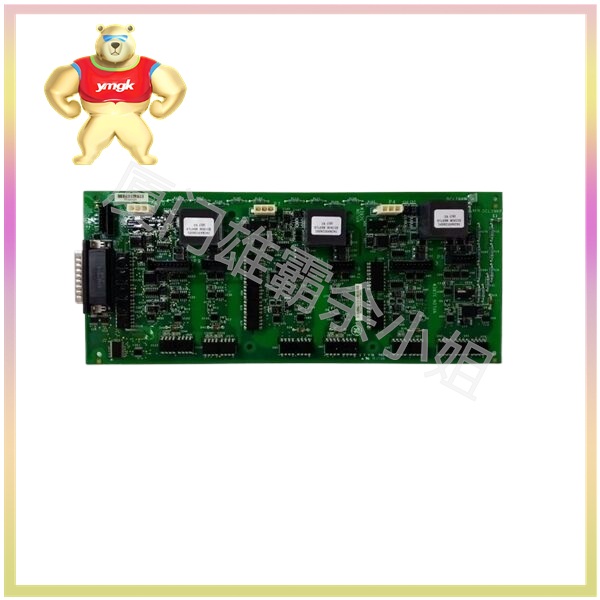
A programmable logic controller is an industrialized digital computer used to manage automation activities, such as managing machines on factory assembly lines, entertainment attractions, or lighting equipment.
PLC achieves process automation by accepting inputs (from sensors, switches, etc.), Use pre programmed logic (stored in the PLC’s memory) to interpret these inputs and then transmit the outputs.
The programming languages of PLC include ladder logic, functional block diagram (FBD), and structured text.
The work of PLC
Input: PLC receives input from connected devices such as sensors.
Processing: These inputs are processed according to preset logic.
Output: It generates necessary output signals to control other devices such as motors, valves, and alarms.
Continuously check the input signal.
Execute logic according to pre-defined sequences.
Control the output device accordingly.
For example, PLC can adjust the conveyor system by monitoring the position of goods on the conveyor belt and operate the actuators accordingly to classify them.
Application of PLC
PLC is widely used in industrial automation, where reliability, programming simplicity, and real-time control are crucial.
Power Line Carrier Communication (PLCC)
Power Line Carrier Communication (PLCC) is a technology that transmits data and communication signals through power lines. It allows data to be transmitted over existing power infrastructure without the need for additional wires.
PLC is used for communication, especially in the power industry. It allows data transmission (such as telemetry, remote control, and remote protection) through high-voltage power lines.
The PLCC system modulates data onto a carrier frequency and overlays it onto the power line, allowing power and data to be transmitted over the same physical medium.
PLCC’s work
Signal modulation: Signal modulation is the process of modulating a carrier signal with the data to be transmitted.
Transmission: The modulated signal is located on the power line.
Reception: At the receiving end, the signal is demodulated to obtain data.
Modulate the data onto a carrier signal.
Send signals through power lines.
Demodulate the signal at the receiving end to extract data.
For example, in a distribution network, PLCC may be used to transmit control signals to substations that use the same transmission lines to transfer energy.
Application of PLCC
PLCC is commonly used for communication between substations and control centers in the power industry, as well as remote control of circuit breakers and other equipment.

